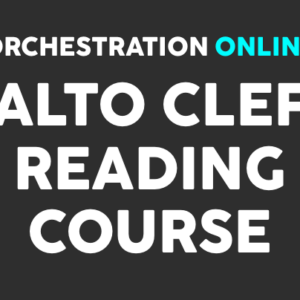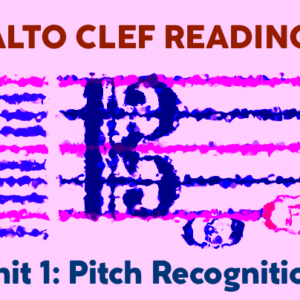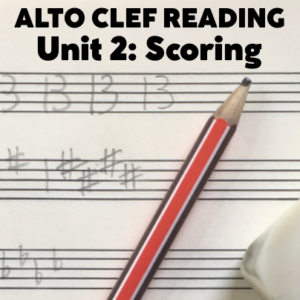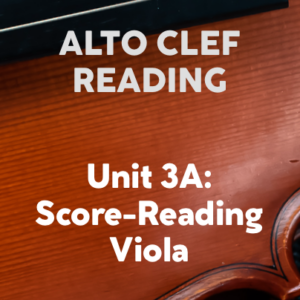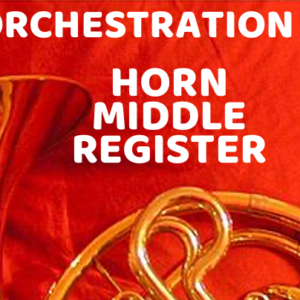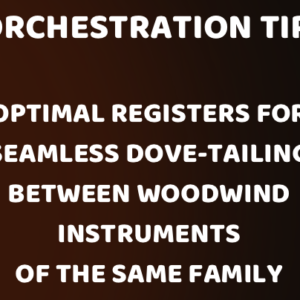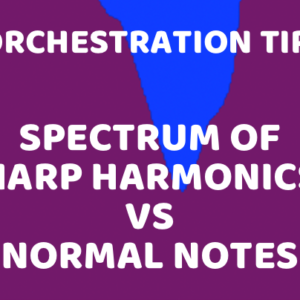ALTO CLEF READING COURSE ORIENTATION
Welcome to the Orchestration Online Alto Clef Reading Course, designed to quickly and permanently improve your ability to recognise any note on a C-clef, and to understand the context of its scoring for relevant instruments and voices. Use this page as a home base while you take the course, accessing the different units from the…
Read more…

